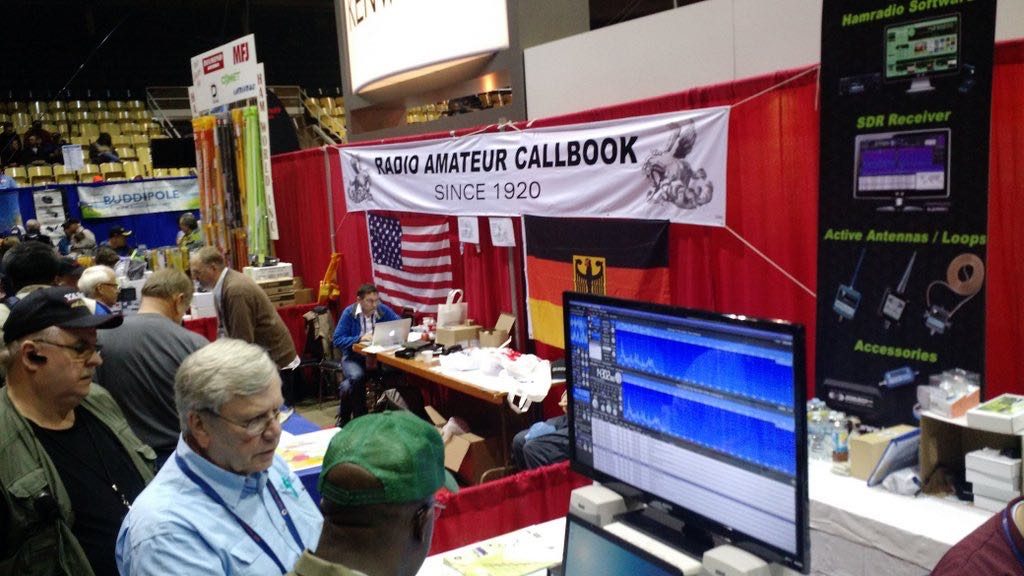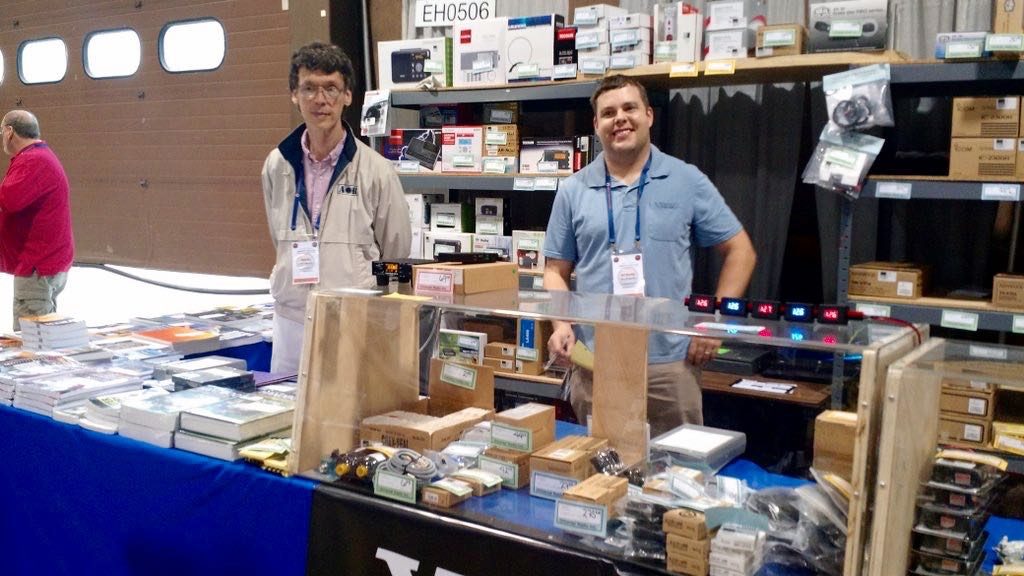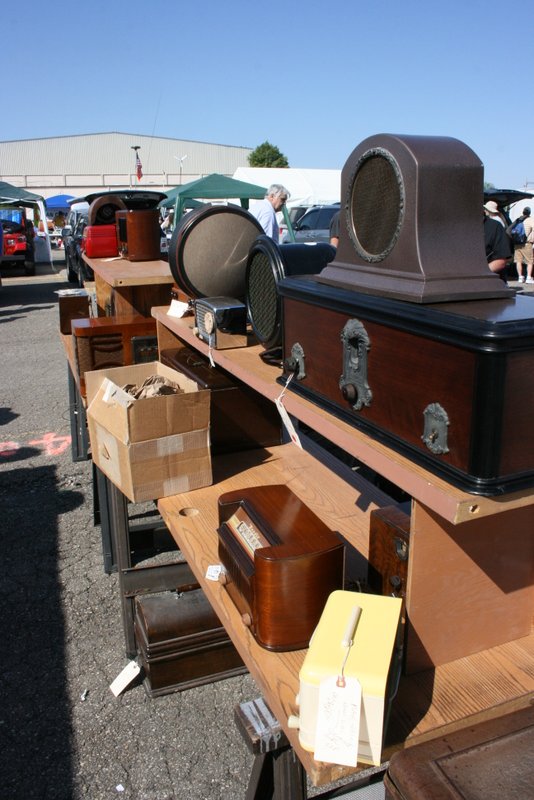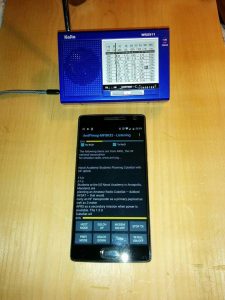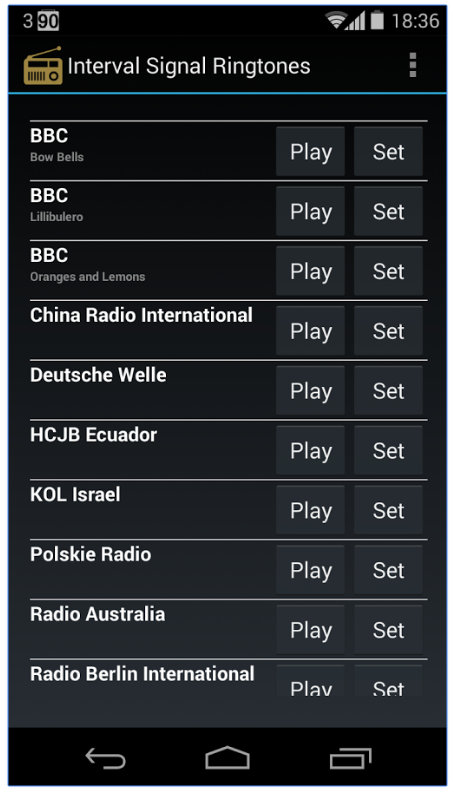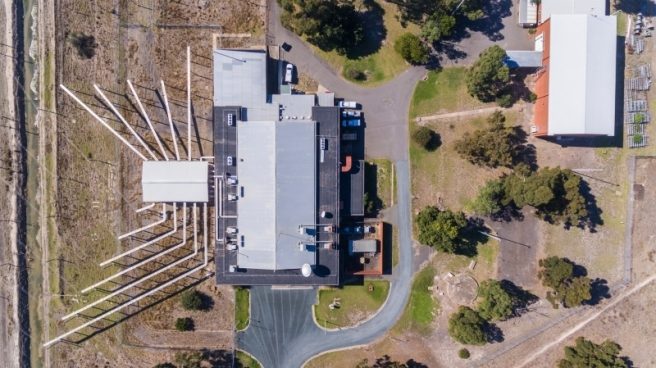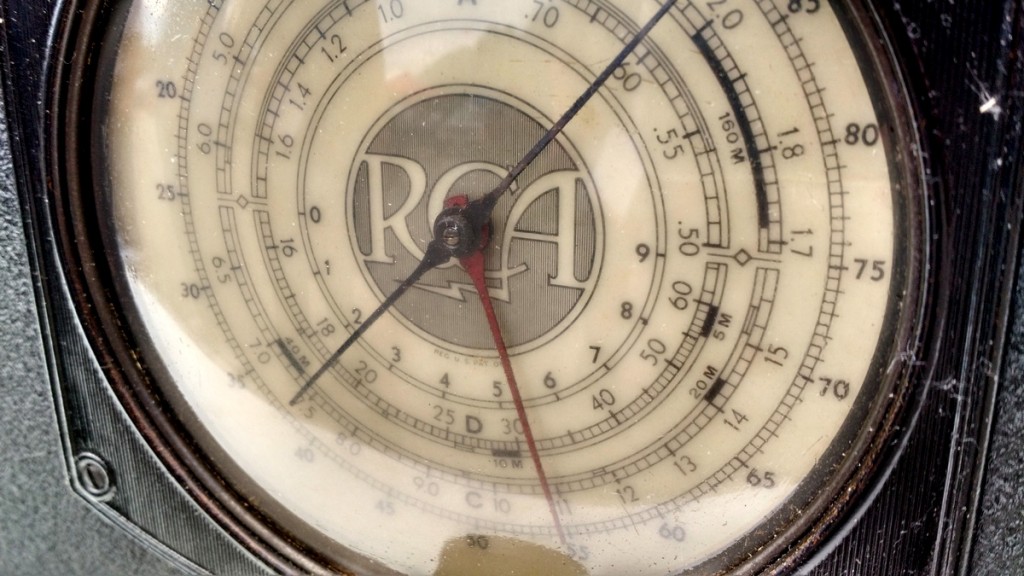As I mentioned in a previous post, I’ll be attending and hosting a booth for ETOW at the 2017 Hamvention this week.
Indeed, I’m spending today (Sunday) gathering all of my booth supplies, then organizing and packing them. I’ll be on the road for the better part of a week, so keep this in mind if you try to contact me.
Dayton Xenia Hamvention!
This will be the first year the Hamvention will be held at the Greene County Fairgrounds & Expo Center in Xenia, Ohio (just outside of Dayton).
According to the ARRL, the Dayton Amateur Radio Association (DARA) is expecting up to 35,000 visitors this year. That number is a little hard to believe as it would be a pretty dramatic increase in attendance over previous years. Still, I can attest that obtaining accommodation in the vicinity was quite difficult this year (similar to a few years ago when the Science Olympiad was hosted on Hamvention weekend).
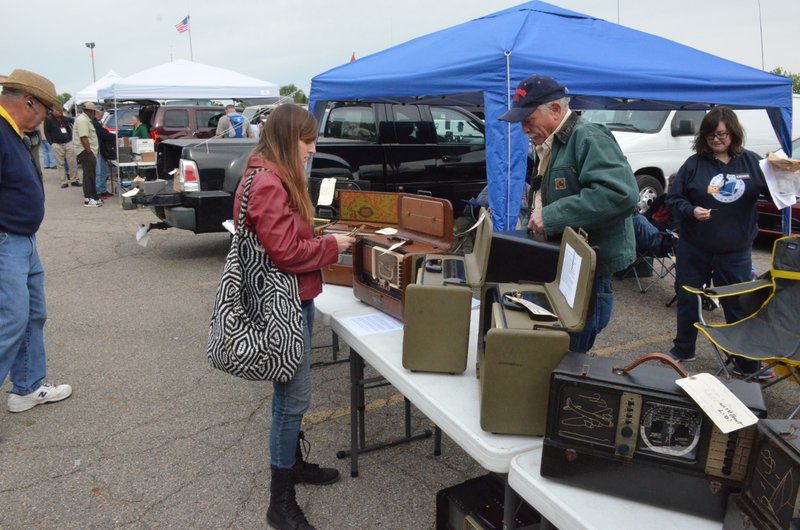
The outdoor exhibits (flea market) portion of the Hamvention is very popular and will be on-site at the new venue.
I imagine a lot of folks will make the pilgrimage, if for no other reason than to check out the new venue. And, quite frankly, many had stopped attending Hamvention in years past as they were put off by the conditions at the former venue, the deteriorating Hara Arena.
Expect photos!
We have a number of volunteers at our booth this year (table number 6508), so I’ll hopefully have plenty of time to browse both the inside exhibits and the flea market area during slow periods.
As in years past, I’ll plan to take lots of photos, too! I’ll do my best to try to capture the layout and feel of the new venue.
On that note–though I can’t promise I can follow through–are there any vendors or products in particular that you’d like me to include in the photos? If so, please comment!
So far on my bucket list:
- visit Icom booth and check out their new receivers (the IC-R8600 and IC-R30)
- visit Universal Radio’s booth and see if CommRadio has an update on the CTX-10
- check out the new Kenwood HT–the TH-D74A–which includes a full-function wideband receiver
- see if Palstar is any closer to releasing the TR-30A–a transceiver they announced at the 2013 Hamvention
- check out Elad’s booth and ask about the new FDM-S3 SDR
- look for any other SDR/QRP and transceiver innovators
I’ll plan to post photos during the Hamvention, of course, but I doubt I’ll be able to include much commentary as I typically have very little free time.
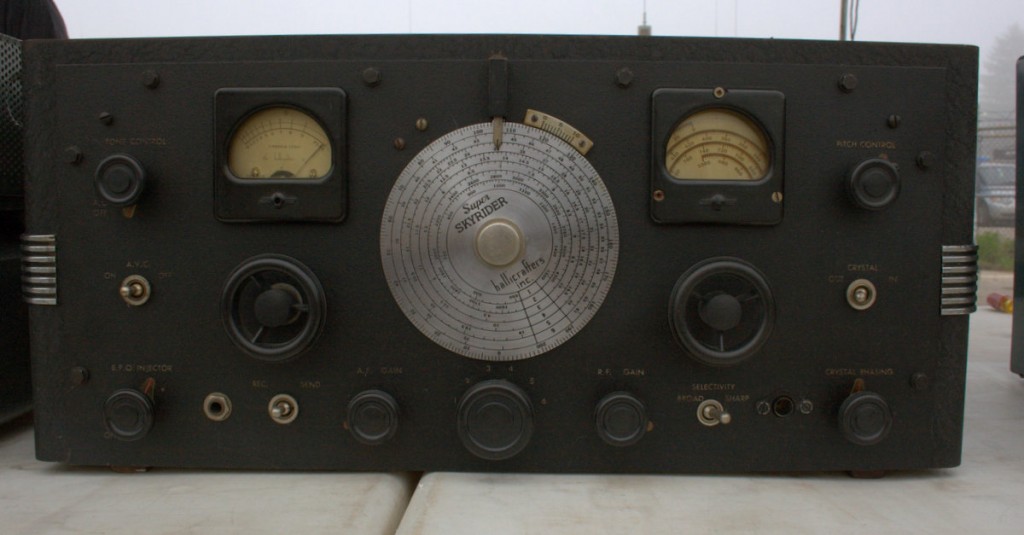
I spotted this Hallicrafters Super Skyrider in the 2013 Hamvention flea market. She would look quite good in my radio room!
Again, if you’re also attending the Hamvention, why not stop by booth 6508 and introduce yourself!?!
I’ll also attend the Four Days In May QRP conference Thursday and Friday evenings–I should be wearing a name tag, so please introduce yourself if you bump into me there.
If you’d like to keep up with Hamvention posts, simply follow/bookmark the tag: 2017 Hamvention.


